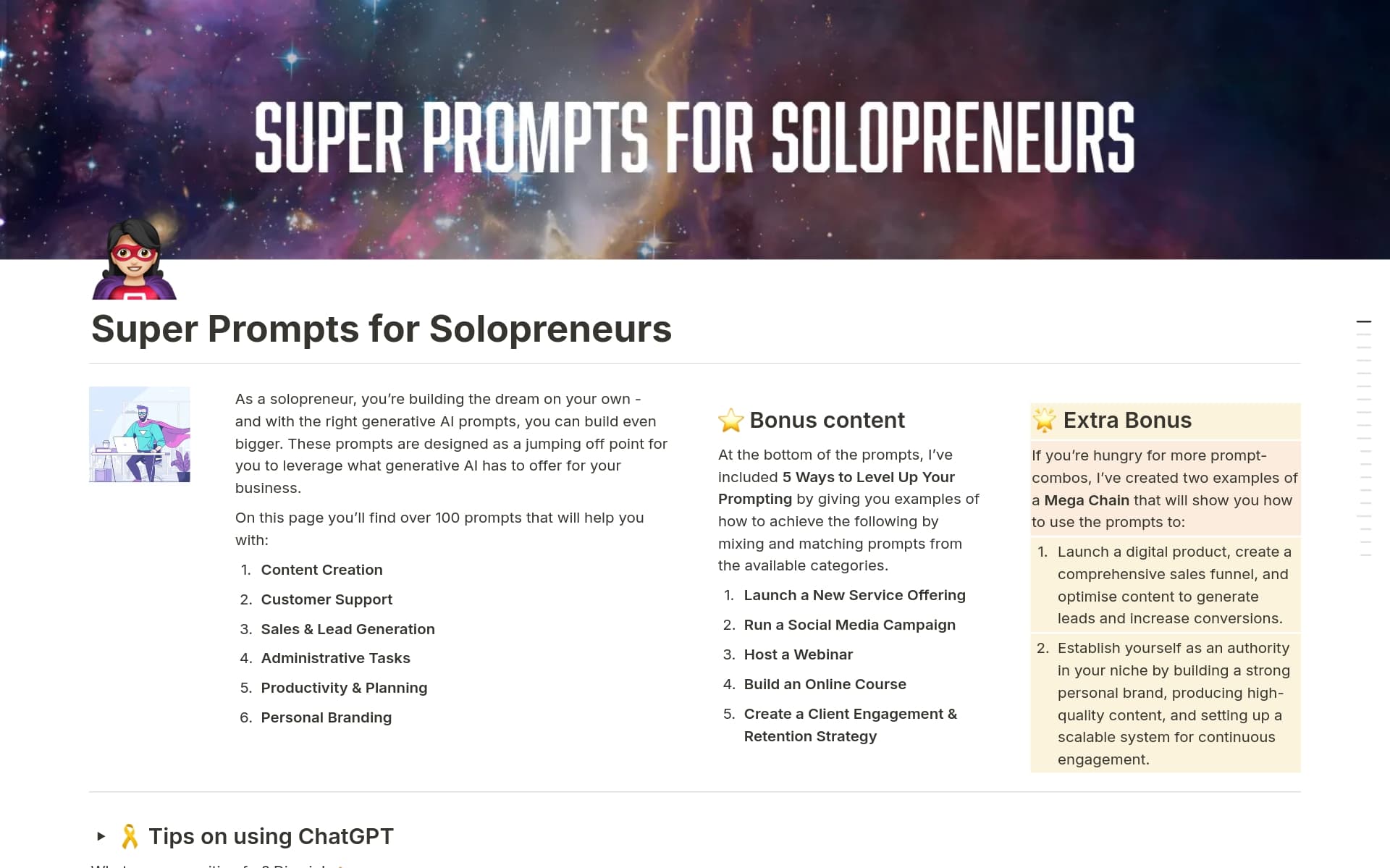Product development is a critical process that transforms ideas into tangible goods or services, driving innovation and business growth. A well-structured Product Development template in Notion can streamline this complex process, ensuring that all aspects of product creation, from ideation to launch, are meticulously planned and tracked. It can facilitate collaboration among team members, provide clarity on timelines, and help manage resources effectively.
Before you dive into creating your own Product Development system, take a look at these Notion templates designed to make the process more efficient and organized. They offer a variety of frameworks and tools tailored to enhance your product development journey.
What Should Product Development Templates Include?
Choosing the right Product Development template in Notion can streamline your workflow and enhance your team's productivity. Here are key components to look for:
Task Management: The template should offer comprehensive tools for tracking progress, with features for assigning tasks, setting deadlines, and updating statuses.
Collaboration Tools: Look for features that facilitate communication and collaboration among team members, such as integrated commenting systems and shared views.
Resource Allocation: It should include mechanisms for managing resources effectively, ensuring that every aspect of the product development is adequately resourced.
Milestone Tracking: Effective templates will have clear milestones and checkpoints to help gauge the project's progress and align it with the timeline.
Selecting a template with these components will help ensure that your product development process is organized and efficient, leading to better outcomes and more innovative products.
What Should Product Development Templates Avoid?
Choosing the right product development template in Notion can streamline your workflow significantly. However, it's equally important to know what features might hinder rather than help. Here are a few components to steer clear of:
Overly Complex Structures: Templates with too many layers and sub-pages can cause confusion and slow down your team's progress. Simplicity often enhances productivity.
Fixed, Non-Customizable Elements: Avoid templates that don't allow you to modify elements according to your project's specific needs. Flexibility is key in product development.
Generic Content: Templates filled with too much generic or placeholder content can be more of a hindrance than a help, requiring extensive customization before use.
Remember, the best template is one that fits seamlessly into your existing processes and enhances your team's ability to deliver great products efficiently.



